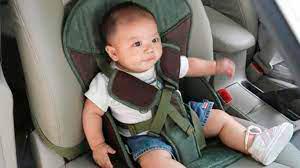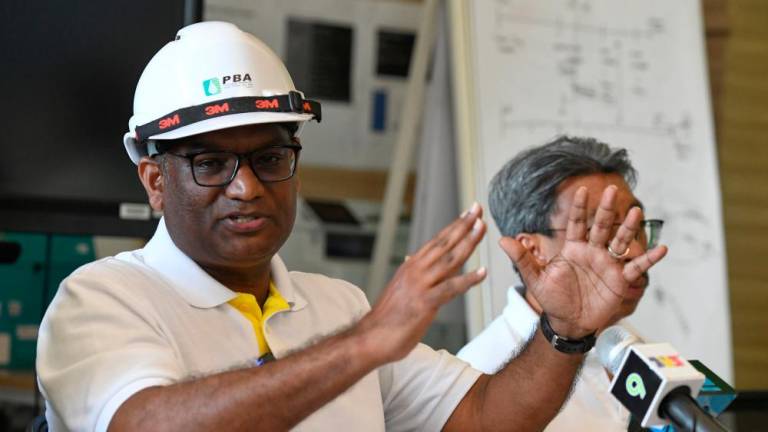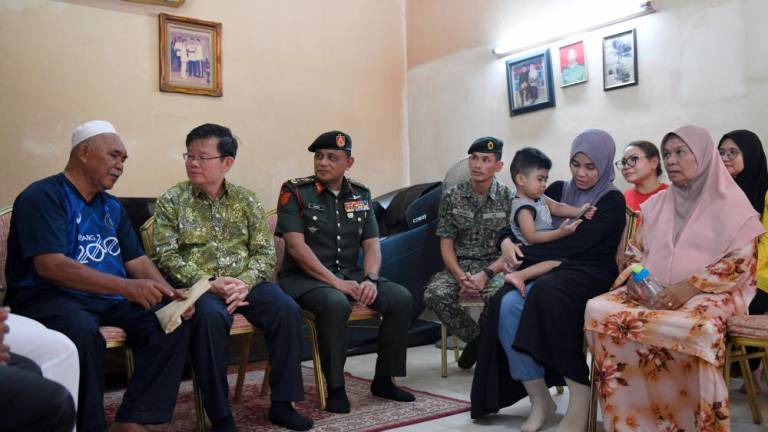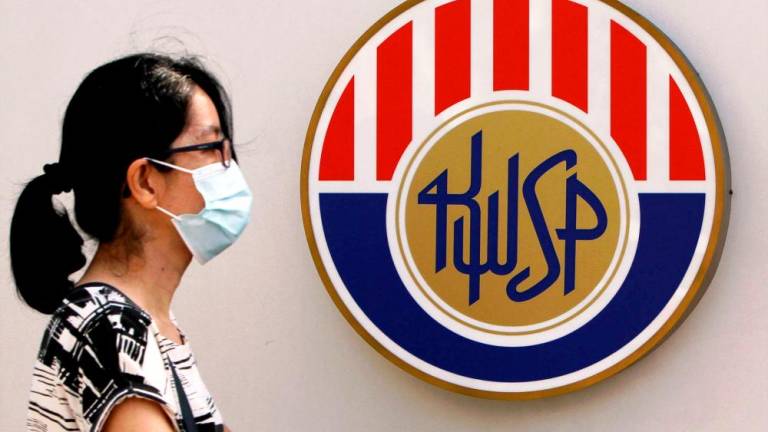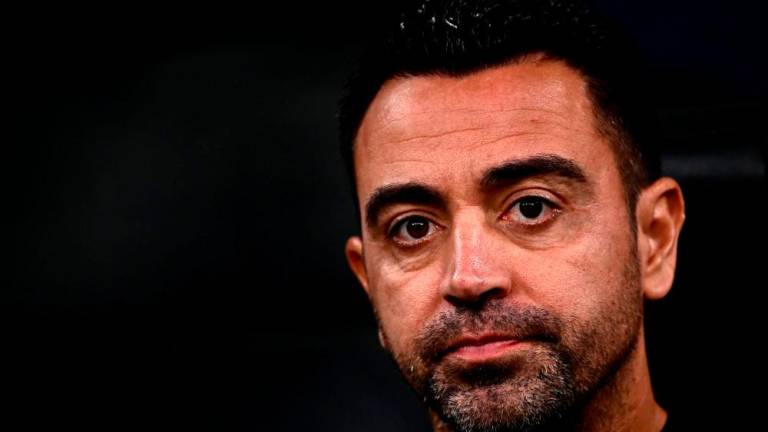THERE have been numerous cases of a child being left alone and forgotten in a car. Such cases often end in tragedy as the child dies from heatstroke. It is easy to be critical of adults, who have supposedly allowed this incident to happen, but it could happen to any of us.
Sometimes, we can be preoccupied with our thoughts, combined with a hectic work schedule or perhaps confused by a change in our daily routine. This may lead us to forget about the child passenger in the car.
I have also had the experience of almost forgetting about my child in the car. I would normally drop her at the daycare centre before sending my wife to work. But one day, I did the latter first and then went straight to office, instead of dropping my child at the daycare centre.
I realised my mistake upon arriving at the office when I was taking my bag from the rear seat and noticed my child still in her child-seat. That experience still upsets me and has had a profound effect on me, both emotionally and spiritually. What would have happened to my child had I not discovered my mistake as quickly as I did?
I can certainly empathise with people who have been through the same situation, and understand the pain that they have had to bear. Hence, I strongly support the requirement of a technology where we can prevent the “forgotten baby syndrome”, which has been included in the Asean NCAP 2021-2025 protocol.
In its 2021-2025 protocol, Asean NCAP has mandated the fitment of the Child Presence Detection technology, where a maximum of two points will be awarded if a car is equipped with the technology.
It should be noted that some manufacturers have already equipped their cars with the child presence detection system for the US market.
Hyundai and Kia have included an ultrasonic motion sensor to detect a child left in the rear seat if the car is locked. An example of the ultrasonic motion sensor can be viewed in the following video: https://www.youtube.com/watch?v=qcNlRSWPDec 2.
We look forward to the same effort by car manufacturers to equip their cars with this kind of technology for the Asean market. The recently-launched Perodua Ativa is installed with a system that alerts the driver to check his or her car before leaving.
Although it may not be on par with the ultrasonic motion sensor that detects a child in the rear seat, it is a good start. The driver will get a visual alert when the car engine is turned off as he or she begins to exit the vehicle. This will increase the awareness of having a child passenger and eliminate the likelihood of leaving the child alone in the car.
To date, car manufacturers for the Southeast Asian market have yet to equip their cars with the child presence detection system.
Alternately, you can place something in the back seat, such as a brief case, to remind you that a child is there. This will require a little effort until it becomes a habit but is necessary to avoid heatstroke-related vehicle deaths involving children.
It may take some time for new cars in the Asean market to be equipped with the child presence detection system. Nevertheless, it is encouraging to know that some car manufacturers are already moving in the right direction.
IR TS Dr Khairil Anwar Abu Kassim is the director-general of the Malaysian Institute of Road Safety Research in Selangor. Comments : letters@thesundaily.com



